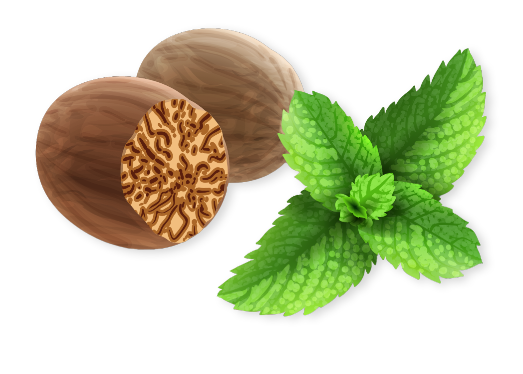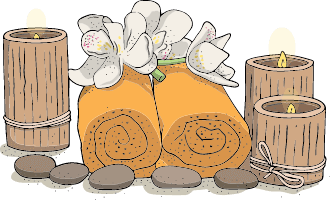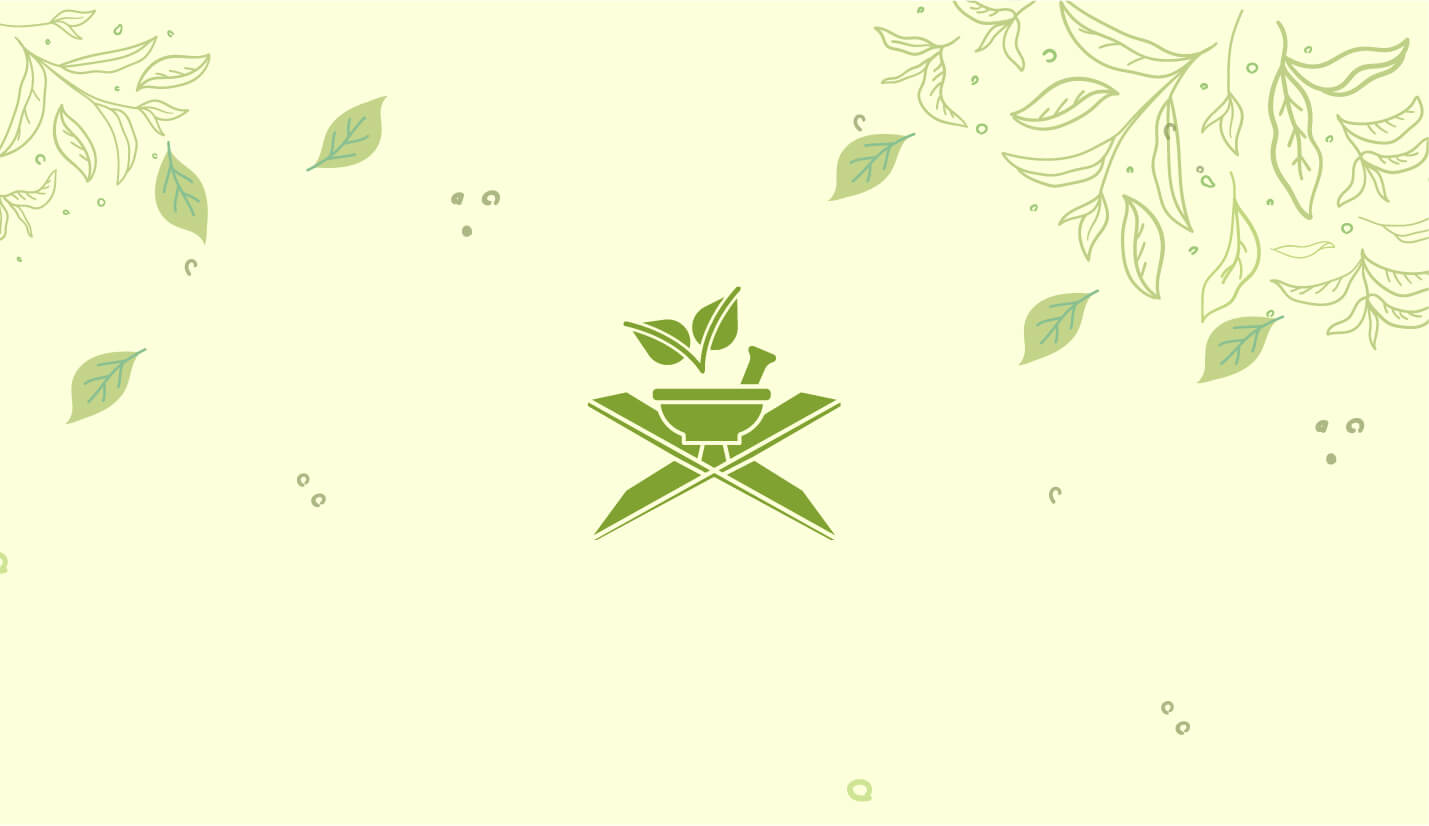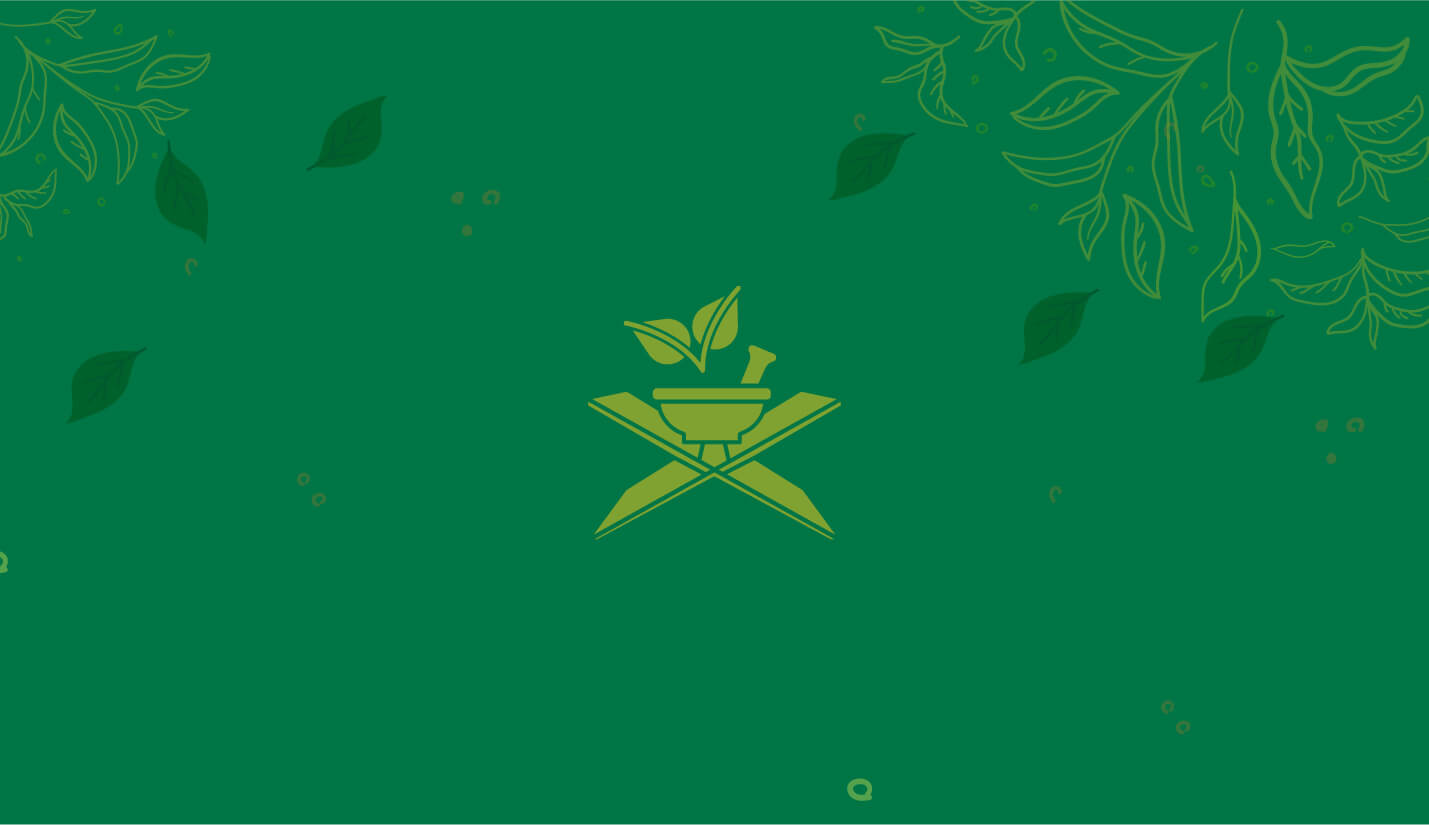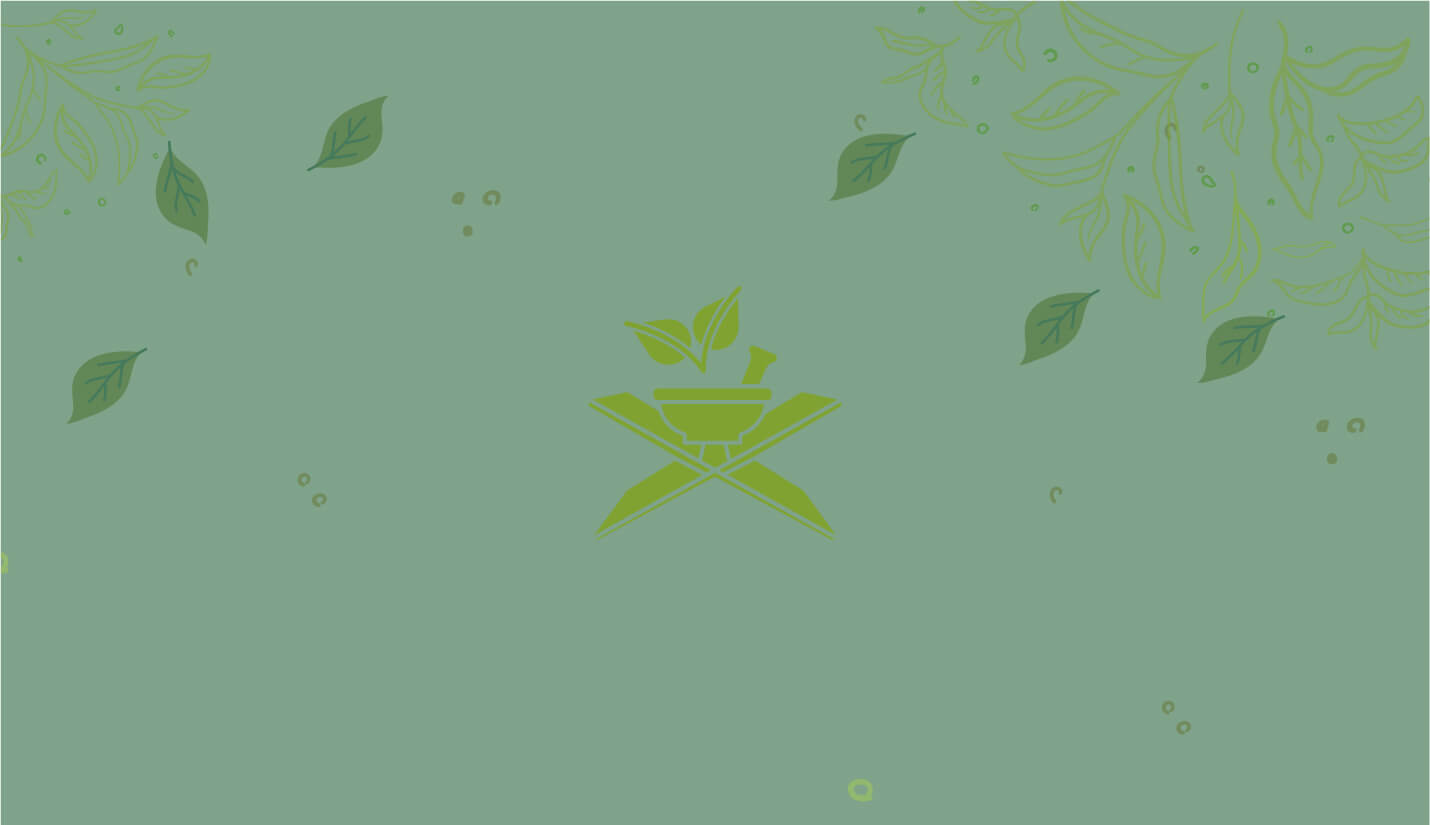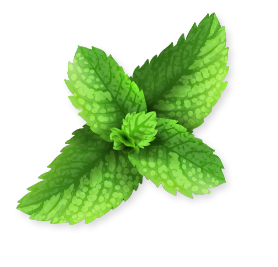Lumbar Disc Herniation and Lumbar Spondylosis
Friday, July 7, 2023The human spine, an architectural marvel, unfortunately, isn’t impervious to problems. Two common conditions that impact this crucial structure are Lumbar Disc Herniation and Lumbar Spondylosis. In this article, we explore these spinal issues and delve into their treatments, including insights from the ancient wisdom of Ayurveda.
Lumbar Disc Herniation: Understanding the Condition
Lumbar Disc Herniation, also known as slipped or ruptured disc, occurs when the soft inner portion of the disc protrudes through the outer ring. This can irritate nearby nerves, leading to pain, numbness, or weakness in the lower body.
Symptoms of Lumbar Disc Herniation:
- Intense pain in the buttocks, thighs, or calves
- Numbness or tingling sensation in the affected areas
- Weakness in the muscles served by the affected nerves
Lumbar Spondylosis: A Close Look
On the other hand, Lumbar Spondylosis refers to the age-related wear-and-tear changes occurring in the spine’s lumbar region. It is a form of osteoarthritis that affects the spine.
Symptoms of Lumbar Spondylosis:
- Chronic lower back pain
- Stiffness in the lower back after long periods of inactivity
- Difficulty standing straight
The Causes Behind the Conditions
While these conditions affect the same region, their causes differ.
Lumbar Disc Herniation Causes:
- Age: Discs dehydrate and become less flexible with age, increasing the risk of herniation.
- Physical Strain: Lifting heavy objects can put too much pressure on the lower back, causing a disc to rupture.
Lumbar Spondylosis Causes:
- Age: Natural degeneration of spinal components is a major contributor.
- Genetic Factors: A family history of Spondylosis can heighten the risk.
- Lifestyle Factors: Obesity, a sedentary lifestyle, and poor posture can accelerate the onset.
Conventional and Ayurvedic Treatments
Both Lumbar Disc Herniation and Lumbar Spondylosis can be addressed through conventional and Ayurvedic treatments. Ayurveda, an ancient medical science, perceives these conditions as a manifestation of an imbalance in the body’s ‘Vata’ dosha and suggests holistic treatment strategies.
Conventional Treatments:
- Physical Therapy: Exercises to improve posture, flexibility, and core strength
- Medication: Over-the-counter pain relievers or prescription drugs for severe pain
- Surgery: Only in cases where conservative treatments fail and the pain is severe
Ayurvedic Treatments:
- Herbal Remedies: Herbs like Ashwagandha and Guggulu are used for their anti-inflammatory and rejuvenative properties.
- Panchakarma: A detoxification process that uses medicated oils for massage and other therapies.
- Dietary Modifications: Ayurveda recommends a Vata-pacifying diet, including warm, nourishing foods like whole grains and cooked vegetables.
Prevention Strategies
Prevention is always better than cure. Here are some measures you can adopt to reduce the risk of these spinal issues:
- Weight Management: Maintaining a healthy weight to reduce strain on your spine
- Regular Exercise: Strengthening core muscles to support your lower back
- Proper Posture: Practising good posture, particularly when lifting heavy objects
Wrapping Up
Lumbar Disc Herniation and Lumbar Spondylosis, while common, can significantly affect your quality of life. An understanding of these conditions, coupled with the wisdom of both conventional and Ayurvedic treatment approaches, can guide you towards a path of healing. Remember, the journey to recovery isn’t merely about symptom management; it’s about regaining balance in your life.
You can write to us.
BOOK APPOINTMENT
